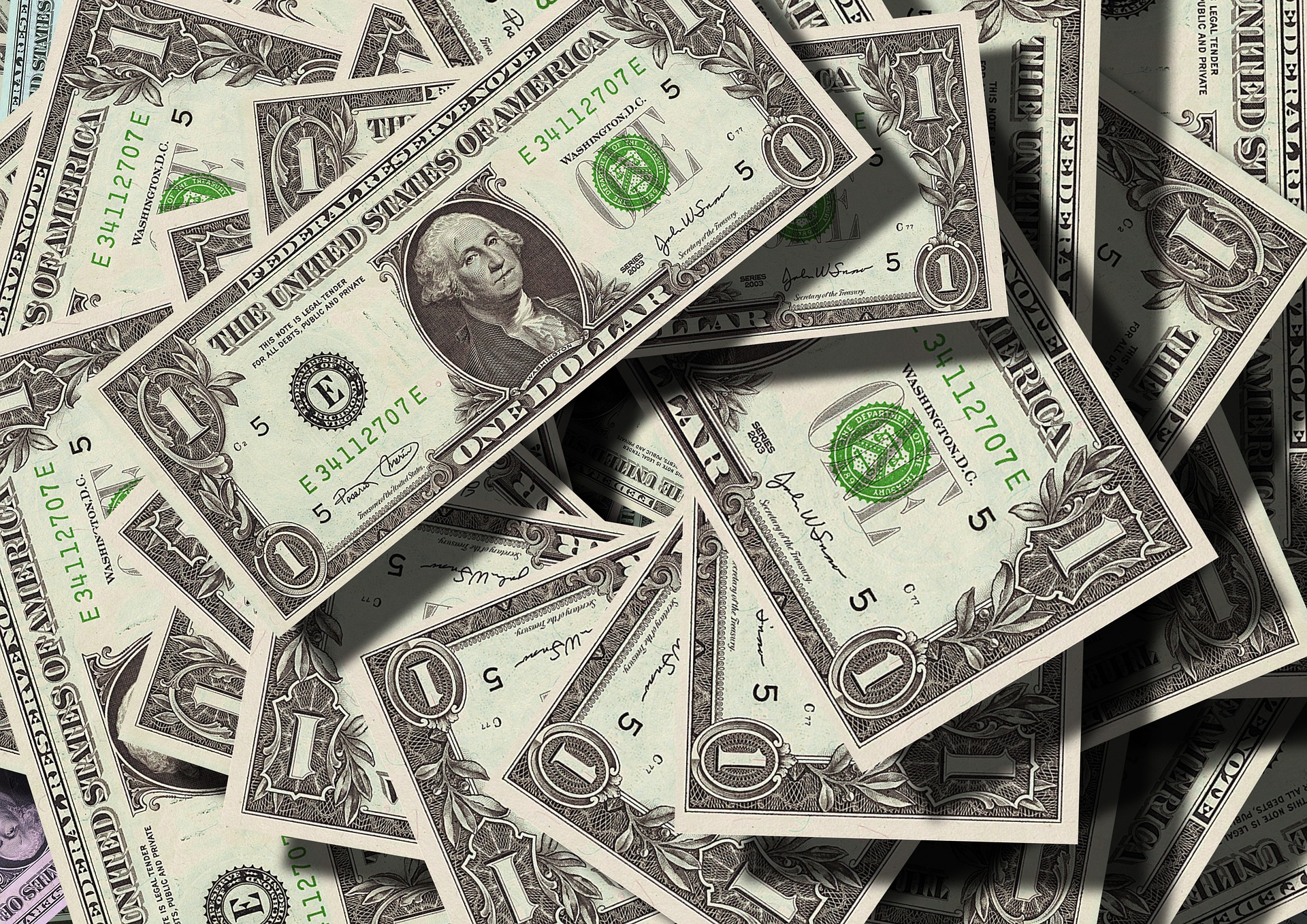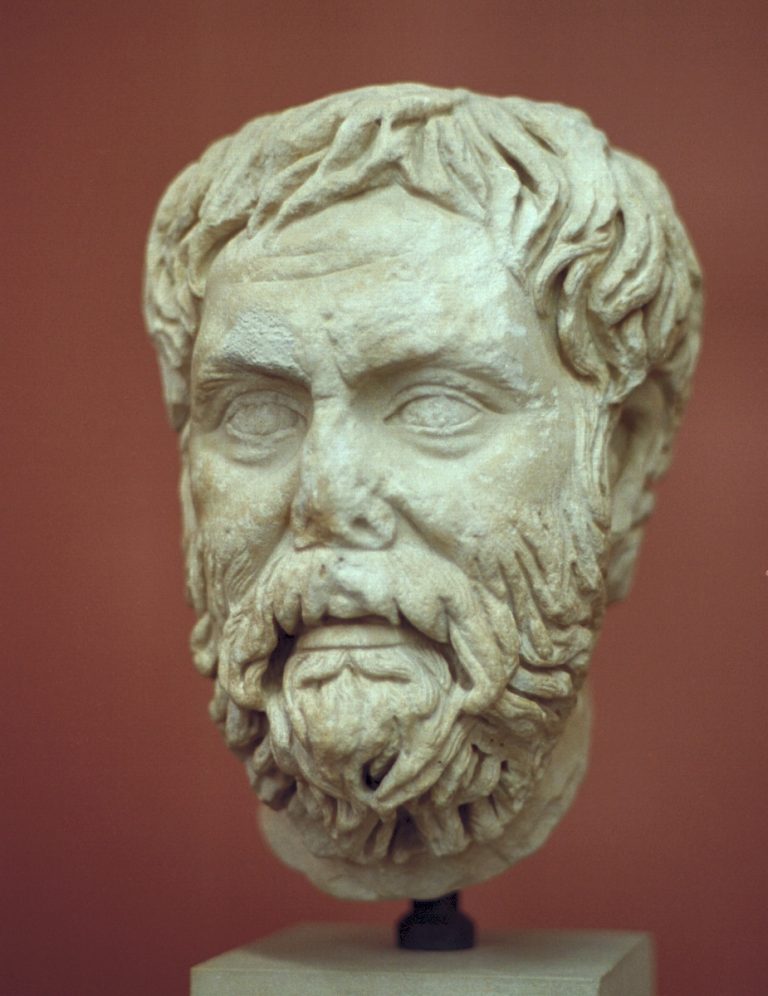
Your dollars, pounds or euros aren’t worth the paper they are printed on. Every time you spend some money you are engaging in an act of faith, and that’s because pounds, dollars and euros are fiat currencies that are not backed by a physical commodity, such as gold or silver, but rather derive their value from the government or central authority that issues it. The word “fiat” means “by decree” or “by authority” in Latin, and refers to the fact that the value of a fiat currency is determined by government regulation or law rather than by the intrinsic value of a commodity.
The concept of fiat currency has been used throughout history, dating back to ancient China and Rome, where paper money was used as a medium of exchange. However, it wasn’t until the 20th century that most major currencies became fiat currencies. The shift towards fiat currencies was largely driven by the need for greater flexibility in monetary policy, as well as the desire to move away from the constraints of the gold standard. In other words, cash strapped governments wanted to spend more money than they had in either gold or silver reserves in the central bank.
What was Bretton-Woods?
The Bretton Woods system was a global monetary system established in 1944 in Bretton Woods, New Hampshire, at a conference of the United Nations Monetary and Financial Conference. The system was created with the goal of stabilizing the international monetary system following the end of World War II and the Great Depression. The Bretton Woods system also established the International Monetary Fund (IMF) and the International Bank for Reconstruction and Development (IBRD, also known as the World Bank). These institutions were created to help promote global economic stability and provide loans to countries in need.
Under the Bretton Woods system, most currencies were pegged to the US dollar, which was in turn pegged to gold at a fixed rate of $35 per ounce. This meant that other countries’ currencies could be exchanged for US dollars, which could then be exchanged for gold. This fixed exchange rate system helped to stabilize currencies and promote international trade. It helped to establish a system of stable exchange rates and fostered cooperation among nations in the post-World War II era.
The Bretton Woods system began to unravel in the late 1960s and early 1970s as the US experienced a growing trade deficit and other economic challenges. As a result, other countries began to exchange their dollars for gold, putting pressure on the U.S. gold reserves. In response, President Nixon announced that the U.S. would no longer exchange dollars for gold at the fixed rate, effectively abandoning the gold standard and allowing the value of the dollar to float freely on currency markets.
The Nixon Shock!
This event, known as the “Nixon Shock,” marked the beginning of a new era of floating exchange rates, where currencies are not pegged to a fixed rate but are allowed to fluctuate based on supply and demand. The Nixon Shock also marked a shift towards a more inflationary monetary policy, as central banks were no longer constrained by the need to maintain a fixed exchange rate. This marked the end of the Bretton Woods system which limited the amount of money that could be printed or created by government as well as limiting the ability of government to stimulate economic growth through monetary policy. The U.S. dollar became a fiat currency but nevertheless remained the world’s reserve currency, the policies of the Federal Reserve continued to have significant effects on the global economy.
While fiat currencies have been successful in many respects, there are also several downsides to this system. One major drawback is the risk of inflation. Because fiat currencies are not backed by a physical commodity, governments can print or create as much money as they want, leading to an increase in the money supply and a decrease in the value of the currency. High inflation can erode the purchasing power of savings and wages and can also create economic instability.
Inflation can have a significant impact on the distribution of wealth in society, and can sometimes lead to a situation where the poor lose out while the rich benefit. This is because inflation can erode the value of savings and wages, while at the same time, it can increase the value of assets such as real estate, stocks, and other investments that are typically held by the wealthy.
When inflation occurs, the price of goods and services increases, meaning that it takes more money to buy the same amount of goods and services. This can result in a decrease in the purchasing power of wages, which can be particularly damaging for low-income earners who may already be struggling to make ends meet. The cost-of-living increases, while their income remains the same, leading to a decrease in their standard of living.
At the same time, those who hold assets such as real estate, stocks, and other investments may see the value of these assets increase as inflation occurs. This is because the prices of these assets are often tied to inflation, and as the cost of goods and services increases, the value of these assets may also increase. This can benefit the wealthy who are more likely to hold these types of assets, while the poor, who may not have access to these types of investments, miss out on the potential gains.
Inflation can also have an impact on savings. If the interest rates on savings accounts are lower than the rate of inflation, then the real value of savings can decrease over time. This can be particularly damaging for those who rely on their savings for retirement or other long-term goals. The poor are often more reliant on savings, making them more vulnerable to the effects of inflation.
Overall, while inflation can be a complex issue, it is clear that it can have a significant impact on the distribution of wealth in society. In many cases, the poor can end up losing out while the rich benefit, leading some to call it a secret wealth tax!
Another disadvantage of fiat currencies is the lack of intrinsic value. Unlike commodity-backed currencies, which are tied to a physical commodity, fiat currencies have value only because people trust that they will be accepted as payment. If people lose faith in a currency, its value can plummet, leading to economic turmoil.
Political Interference!
Fiat currencies are also vulnerable to political interference. Because they are controlled by governments and central banks, fiat currencies can be subject to manipulation for political gain, rather than for the benefit of the economy. This can lead to inflationary policies and other economic problems.
Finally, fiat currencies can encourage overconsumption and debt. Because they are not backed by a physical commodity, governments and individuals can borrow and spend more than they could with commodity-backed currencies. This can lead to high levels of debt, which can be difficult to manage and can create economic instability.
In conclusion, while fiat currencies have been successful in many respects and are widely used in modern economies, they are not without their drawbacks. The risk of inflation, lack of intrinsic value, vulnerability to political interference, and encouragement of debt and overconsumption are all potential downsides of a fiat currency system.
To sum it up, every time the government prints more money, you get poorer! When there’s an equal supply of money to goods, inflation is impossible, if you expand the money side of things then the buying power of each bank note is lessened as prices of goods and services increase to fill the void. Inflation is a steal tax, a wealth tax that takes money away from the very poorest in society for the benefit of the very richest!

